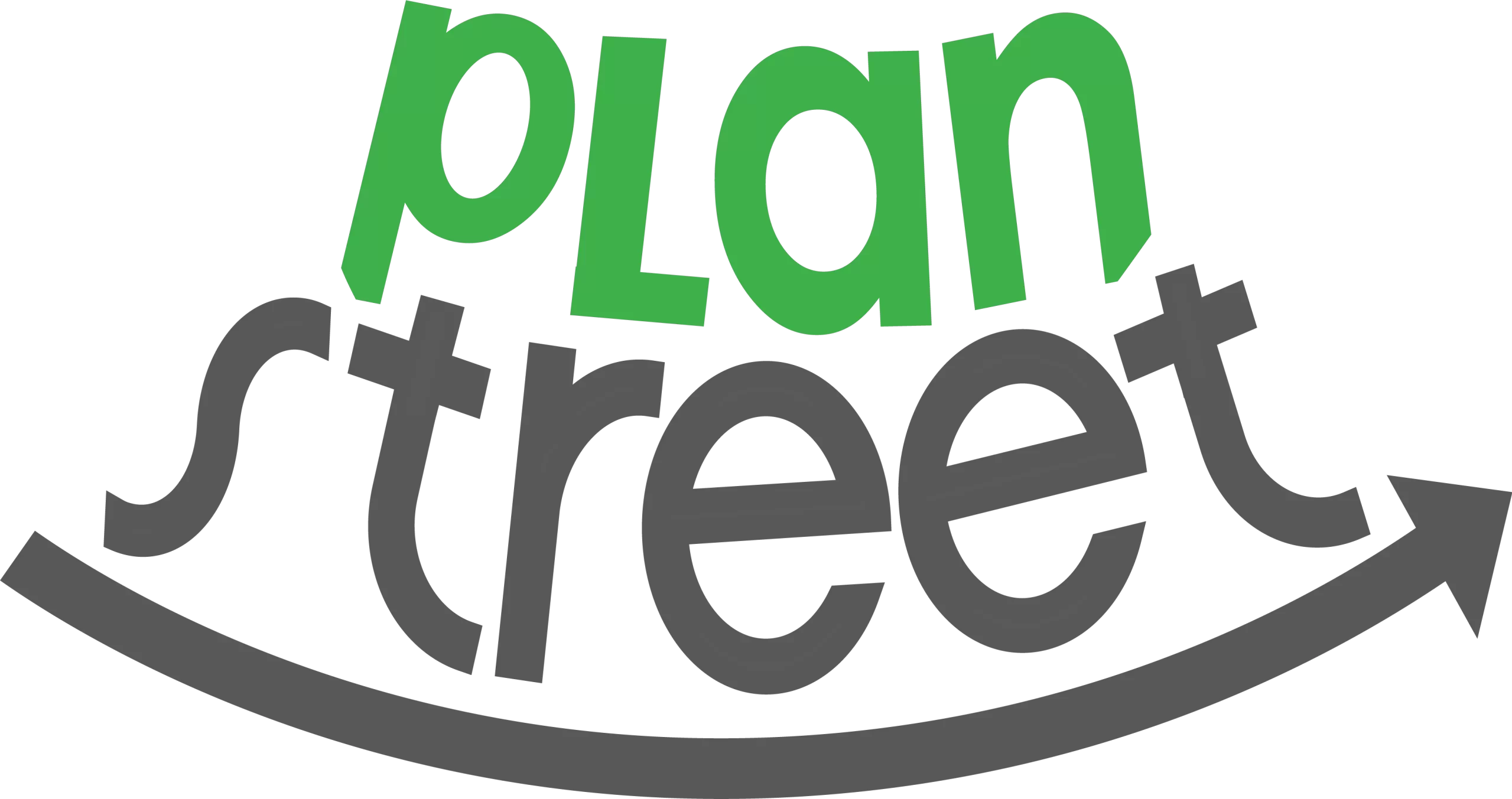Economic Drivers: Workforce Development Programs

What is workforce development?
“Workforce development” is an essential component of community economic development in any economic climate and even more critical during the financial crises we’re experiencing today. Generally speaking, the term has come to describe a wide range of communities’ activities, policies, and programs to create, sustain and retain a viable workforce that can support current and future businesses and industries.
Educational institutions and public and private social service providers approach workforce development and development programs from the perspective of the sustainable economic security of the individual. On the other hand, communities and economic developers approach workforce development from a different view—that which benefits the sustainable economic growth of a community or region. Still another group—employers—approach workforce development from an organizational perspective, focusing on the skills their business or industry needs to remain competitive in the global marketplace.
Jacobs and Hawley state, “Workforce development is the coordination of public and private-sector policies and programs that provides individuals with the opportunity for a sustainable livelihood and helps organizations achieve exemplary goals, consistent with the societal context.”
Perspectives on workforce development
An individual-focused model centers on training and education
The premise behind “individual-centric” workforce development programs is that individuals cannot make substantive contributions to their respective societies without access to training and education. Organizations serving individuals recognize that, in most instances, meeting the basic needs of an individual through social safety nets is a necessary component of sustainable economic security. Therefore, workforce development from this perspective is defined as a combination of social services, community support, job training, and education that positions an individual for success in the workforce.
The goal of the societal perspective is future economic stability and growth.
Workforce development from the societal-centric perspective is defined as initiatives that educate and train individuals to meet the needs of current and future businesses and industries to maintain a sustainable competitive economic environment. Whereas the needs of individuals drove the previous example, the initiatives from the societal perspective are guided by the economic development plan for an entire region or state.
Workforce development is a people-first approach to upskilling workers for long-term success. Workforce development aims to foster prosperity for individuals, communities, and businesses.
The benefits of having a workforce development program
There are several benefits of workforce development for both you and your employees.
1. Job satisfaction
Employees who feel a sense of belonging, ownership, and purpose will likely feel happier, work harder, and stay longer.
Workforce development encourages employees to feel like assets to the business and bottom line, promoting feelings of job security and satisfaction.
2. Lower turnover
Investing in your employees is investing in fundamental business needs. Founders and leaders who hire to grow tend to find more success than those who employ to outsource or check a box.
Employees who feel neglected or taken for granted will probably look elsewhere. Although navigating the job market is always challenging, skilled workers will do so to find a job that suits — and appreciates them.
3. Better morale
Wise employers realize that work is just one part of their employees’ lives — and that’s OK.
By positively developing your workforce, you provide more value to your employees than a paycheck.
4. Increased productivity
Unnecessary stress from work can significantly impact your employees’ focus and productivity, straining how much your team can get done and how much it impacts your bottom line.
5. A skilled workforce
Workforce development programs keep training and education at the forefront of your organization. By investing in training (and retraining), your company benefits from a highly skilled team, and your employees can feel confident in their job performance and career trajectory.
6. In-demand workplace
Workers, particularly Millennials, prioritize development opportunities when looking for a job. By offering workforce development programs at your business, you attract talented and motivated people who want to grow within your company—and help grow it in return.
What leads to successful Workforce Development?
Because having a skilled workforce is a vital component of a healthy economy, Reserve Banks focus a lot on workforce development and what communities can do to enhance it. While the economy is diverse and workforce development efforts differ by location, four decades of Fed research and outreach have yielded some common themes.
Lesson 1. Collaboration and commitment
The first lesson is that collaboration across public, private, and nonprofit entities is essential to a successful workforce development program. Community development practitioners have long known that effective workforce initiatives almost always require many different organizations to work together. The Boston Fed examined small and mid-sized cities that had lost manufacturing employment and found that resurgent towns that successfully reinvigorated their economies exhibited a high degree of leadership and collaboration among key institutions and individuals, including nonprofits, private citizens, corporations, and government.
Lesson 2. Communication between employers, workers, and trainers is needed to ensure that programs tackle the right problems.
The second lesson that is clear from the Fed’s research and outreach is that there needs to be better communication between employers and workers about what each wants and needs to improve workforce outcomes. This helps to save effort and funding on programs that are misfocused.
Communication between businesses and educational and training organizations is also vital so that they can coordinate their efforts. With the workplace changing so rapidly, students and those advising them must know what skill sets employers to seek now and in the future, so they can prepare themselves for joining the job market. For example, In Pittsburgh, the Allegheny Conference on Community Development is working with businesses, educators, and students in elementary and high schools to raise awareness of the future job market so that curricula can be better matched to the skill sets that will be in demand.
Lesson 3. Effective workforce development programs recognize that place matters.
A third lesson drawn from Fed research and outreach is that place matters.13 Employers are often drawn to places that will attract workers. So those living in lower-quality neighborhoods in terms of schools; housing; access to healthcare, food, public transportation; and natural amenities like parks and green space typically have less access to good jobs, and without a good job, they have less ability to move to locations that offer better employment prospects. A body of research has shown that economic opportunity is tied to individual circumstances and place. Upward mobility – the probability that a child will be better off economically than their parents – is dependent not only on the family’s characteristics but also on neighborhood characteristics such as neighborhood income, the quality of schools, access to social services, access to transportation, and racial integration.
Regional economic development, which focuses on growth in economic activity, and workforce development, which focuses on the skill sets of individuals, are linked and should be viewed as a common goal.
Since the characteristics of firms, workers, and available infrastructure differ across localities, to be successful, workforce development efforts need to be tailored to the specifics of the localities.
Lesson 4. Programs should be regularly evaluated based on data and informed by research.
This brings us to the last lesson: evaluation is essential. No matter how well-intentioned, some workforce development programs will be less effective than others. And because place matters, some programs that work in one region may be less effective in another. Funding is scarce, so initiatives must be regularly evaluated, based on objective evidence and informed by research, to help ensure that the investment in workforce development is well spent and that programs are designed to be adequate to help the most people.
It is only possible to evaluate the effectiveness of a program with the data to do it. So initiatives should collect complete data on the programs and outcomes by geography and by the participants’ race, ethnicity, education, income, and other characteristics. And initiatives should be willing to share these data so that objective third parties can evaluate the programs.
Workforce development solutions
One key role of the public workforce system is to help businesses find qualified workers. As a business, you will find an impressive array of screening and referral tools. Depending on the capabilities and priorities of the local area, the services may include electronic job orders and job fairs, the use of private interview space, background checks, customized screening, and regular referrals of qualified candidates.
Many businesses work with American Job Centers to find diverse candidates – such as youth, older workers, individuals with disabilities, and other untapped sources of workers.
The following are examples of solutions your business can pursue at American Job Centers.
Recruitment and Screening
- Recruiting, screening, and referring a variety of job seekers, ranging from entry-level workers to highly-skilled professionals
- Recruiting full-time, part-time, and seasonal workers
Training and Education
- Providing access to training and education
- Offering industry-recognized certifications
- Connecting to apprenticeships programs with a mix of instruction and on-the-job training.
Retention and Up-Skilling
- Providing training services to incumbent workers and developing on-the-job and workplace training
- Supporting employee retention by offering services such as transportation, childcare assistance, and mentoring programs to individuals engaged in training
Transitioning
- State and Local Rapid Response
- Developing plans to access funds and services for individualized worker assistance
Similar Workforce development solutions are also sometimes provided by nonprofits.
The need for technology to execute workforce development programs and services
As workforce development is a multi-faceted endeavor requiring data collection for individuals, communities, and businesses, workforce programs should use software to bring various stakeholders together to one connected platform. This will also allow communication and collaboration to create the best programs to train and develop a workforce with in-demand skills and increased employability.
How can PlanStreet help?
- PlanStreet can provide easy intake for individuals, businesses, trainers, and educators.
- Risk and needs assessments can be done to create goals for individuals and communities.
- You can then access and enroll individuals in appropriate courses and trainings and even track attendance later to encourage participation.
- Employers can also be reached through the system to locate job openings and match them to candidates.
Schedule an Introductory call with our representative today to learn more.
